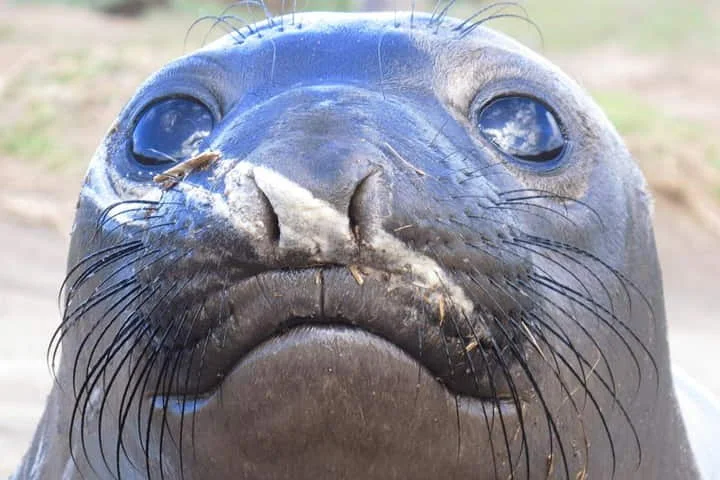It has been a mystery for the scientific community and lovers of marine life as to how in deep waters, creatures hunt their food as the vision is absolutely limited? Toothed whales make use of echolocation to do this work while others are gifted with a shine that attracts the prey towards them.
Scientists always wondered as to how seals who dived more than 5,000 feet managed to locate food since they don’t have echolocation nor the glow. They felt it was their whiskers that guided them much like that of rats, to detect movement including the subtle ones in the water as per a report in smithsonianmag.com.
In order to see if this was true, the scientists got five elephant seals in the wild attached with infrared cameras with the objective to record the movements of their whiskers when they went after the prey in deep waters.
Video footage of more than nine hours was obtained through this experiment and in them the scientists observed that the whiskers of the animals moved back and forth when hunting for food in depth. Interestingly, in the shallower waters when the creatures were not hunting, the same whiskers remained retracted.
Talking to Scientific American, the study’s lead author Taiki Adachi said: “[In] natural conditions, animals will use all of the information from many sensory systems and integrate it to shape behaviour in the wild….they may use eyes; they may use whiskers; they may use hearing.”
Adachi is a marine ecologist at UC Santa Cruz.
In the case of seals, bioluminescence — a chemical reaction that produces light within organisms — playing a role is unlikely since this was noticed among one in five of their successful catches. This led the scientists to reach a conclusion that it was the rhythmic movement of the whiskers that played a pivotal part in knowing where the prey was.
The details of this study were published in Proceedings of the National Academy of Sciences.
Agreeing with this, Sascha Kate Hooker from University of St. Andrews’ Sea Mammal Research Unit told the Guardian: “This makes sense. Among the deep-diving marine mammals, the elephant seal reaches the same depths as sperm and beaked whales, often well over a kilometre below the surface.”
Hooker, who is a researcher of seals and walruses, was not part of the study.
In past studies done on captive seals it was found that even when these creatures were blindfolded they hunted with the help of their whiskers only, without getting the advantage of seeing them. Using their whiskers, the seals were able to sense movement as far as 130 feet away.
Stressing on the need for further investigation, Guido Dehnhardt, a marine scientist at Germany’s University of Rostock said: “These field studies are really urgently needed. To do this in the wild with free-ranging animals is really a great challenge—and the results are very impressive.”
Dehnhardt was not involved in the study but has co-authored the blindfolded captive seal whisker research which was done 20 years ago.
While the researchers insist that their study has solved the “decades-long mystery about how deep-diving seals locate prey in the darkness”, Dehnhardt believes the study doesn’t directly link the whisker to movement. Both need to be measured together.
Also read: Single-minded male elephant seals eat to mate and not live!




















